 Home
Home
 Energy situation
Energy situation
 About RENEWABLE
About RENEWABLEenergy
 Think about energy
Think about energy
 Power saving check
Power saving check
 Summary
Summary
 Language
LanguageTypes of renewable energy
Renewable energy is a hot topic these days.Some are well known, such as solar power, wind power, and biomass power.But did you know that there are still many types of renewable energy?Moreover, do you know natural energy?In summary, it refers to the energy obtained from natural phenomena.So what is the difference between renewable energy and renewable energy?I think that there are surprisingly few people who know the difference in detail.On this page, we will tell you about the types of renewable energy development and the difference between natural energy and renewable energy that you may not know.
The difference between renewable energy and natural energy

Renewable energy is a general term for energy that can be reused.
Renewable here means that "resources will be replenished even if you use it".
For example, fossil fuels such as oil and natural gas are not regenerated with respect to consumption and will eventually be depleted.
On the other hand, in the case of woody biomass, for example, if the amount of trees planted and grown is greater than the amount used, energy will not be depleted.
And renewable energy is part of renewable energy.
Renewable energy
A general term for energy that can be expected to be replenished constantly even if it is consumed.
In addition to natural energy, it also includes energy produced using other reusable resources rather than natural phenomena such as "biomass energy" and "temperature difference / concentration difference energy".
Renewable energy
Of the renewable energies, the energy obtained from natural phenomena.
Mainly applicable to solar power generation, wind power generation, small and medium-sized hydropower generation, geothermal power generation, etc.
Types of renewable energy
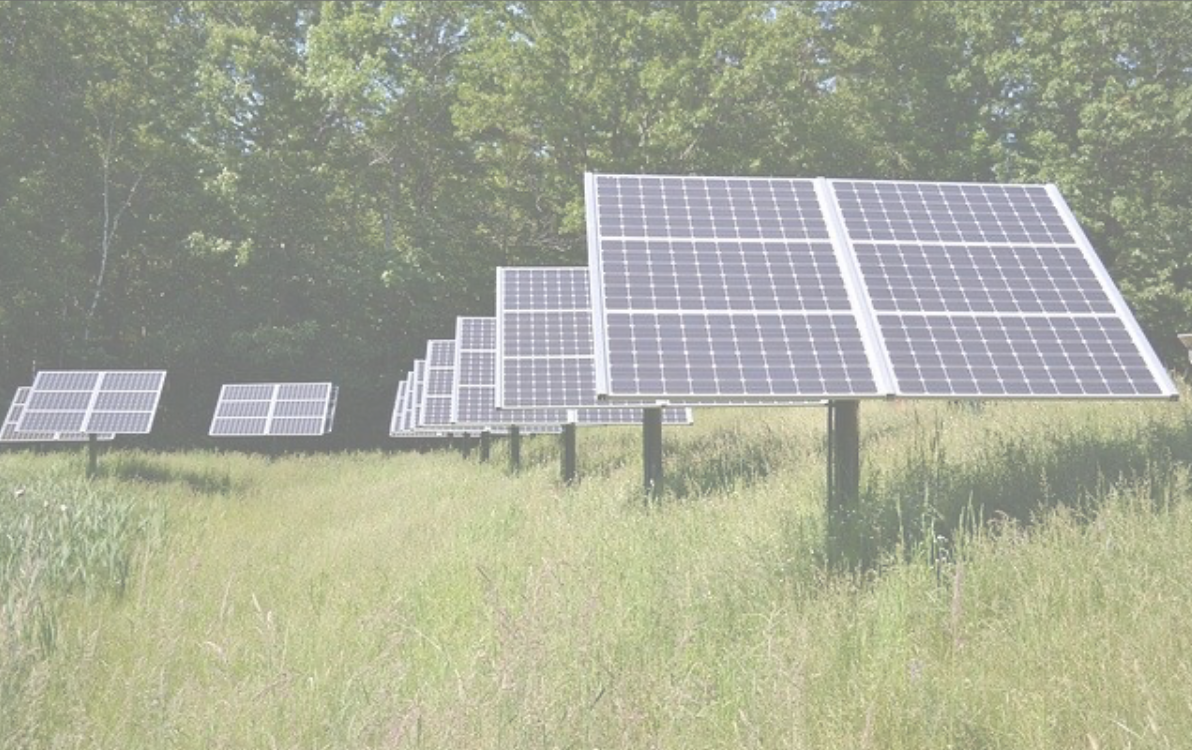
Solar power
It is a power generation method that directly converts the light energy of the sun into electricity by a solar cell (semiconductor element) by utilizing the phenomenon that electricity is generated when light hits a silicon semiconductor.
As a feature, since sunlight is the energy source, it can generate electricity anywhere in the sun, it can be used on the roof of a building, so there is no need to prepare a new site, and it can also be used as an emergency power source.
The disadvantages are that the amount of power generated is quite sensitive to weather and time, and it requires a lot of money to install.
The amount introduced in Japan has been steadily increasing in recent years, reaching 39.1 GW cumulatively at the end of 2016. In terms of the track record of introducing solar power generation, we are leading the world along with China and Germany.
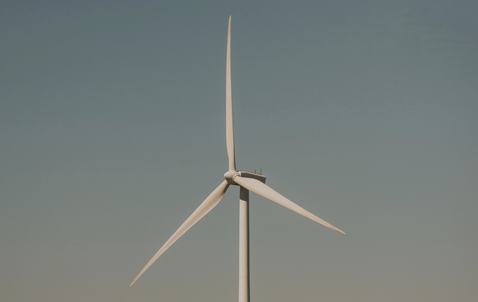
Wind-power generation
Wind power generation converts wind energy into electrical energy.
Wind power generation is an energy source that has good conversion efficiency, and if it can generate electricity on a large scale, the cost of power generation is comparable to that of thermal power generation, so it may be economical.
In Japan, the installation of onshore wind power is progressing, but since the suitable sites that can be introduced are limited, offshore wind power generation with great introduction potential is also being considered and planned.
Although the introduction is delayed compared to Western countries, the number of installations has increased sharply since 2000, and by the end of 2016, it has increased to 2,203 units and the cumulative installed capacity has increased to 3,357,000 kW.
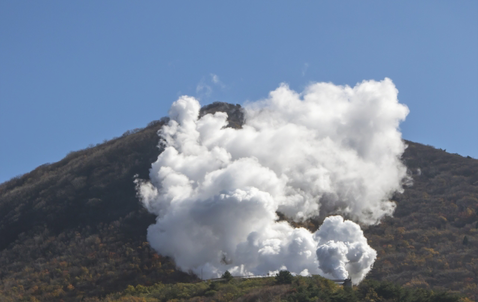
Geothermal power generation
Since Japan is located in the volcanic belt, the use of geothermal heat has been attracting attention since the early postwar period. A full-scale geothermal power plant started operation in 1966 and is now being developed mainly in Tohoku and Kyushu. One of the major advantages of geothermal power generation is that, unlike other natural energies, the amount of power generated is not affected by weather or time. Since it uses geothermal heat, it does not run out of energy. Furthermore, the high-temperature steam and hot water used for power generation can be reused for agricultural houses, fish farming, and regional heating. Although the total amount of power generated is still small, it is attracting attention as a purely domestic energy that can generate electricity in a stable manner.
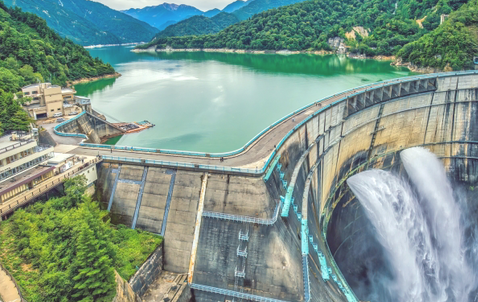
Hydropower
In Japan, which is blessed with water resources, it has been used for power generation for a long time, and it is a valuable energy source that can be covered domestically. It is not easily affected by natural conditions, and once a power plant is built, it can generate electricity for decades. When you think of hydropower, you can imagine a big dam, but in recent years, the construction of small and medium-sized hydropower has become active. Small and medium-sized hydropower has various scales, and in addition to using running water from rivers, it may also use agricultural water and water and sewage. Compared to the large-scale hydropower that has already been developed, there are still many points that can be developed, and further development is expected in the future.

Biomass power generation
Biomass is a general term for biological resources created from animals and plants. In biomass power generation, these biological resources are "directly burned" or "gasified" to generate electricity. Now that technological development has progressed, various biological resources are being effectively utilized. Power generation using biomass resources that grow by absorbing CO2 by photosynthesis as fuel is not considered to emit CO2 in terms of handling under the "Kyoto Protocol", making it extremely excellent for environmental conservation such as global warming. increase. In addition, biomass power generation using unused waste as fuel leads to reuse and reduction of waste, which greatly contributes to the construction of a sound material-cycle society.
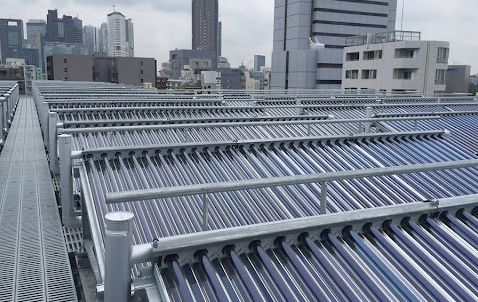
Utilization of solar heat
It is a system that collects the heat energy of the sun in a solar collector and uses the heat medium for hot water supply and heating / cooling. Since the equipment configuration is simple, it is an energy development method with a long history of introduction and many achievements. Like photovoltaics, the energy source for a system is solar energy. Therefore, the introduction cost of the energy source itself is permanently free. In addition, because it is a simple system, it does not require any special knowledge or operation, and can be easily introduced not only in general offices but also in nursing care facilities that frequently use hot water.

Utilization of snow and ice heat
It stores snow that fell during the winter and ice that has been frozen using cold outside air, and is used during the season when cold heat is required. In order to utilize the meteorological characteristics of cold regions, the area of use is limited, but it is an initiative that attracts attention due to its abundant resources. In cold regions, it is possible to turn snow, which used to cost a huge amount of money for snow removal and melting, into a merit by actively using it. In addition to improving the corporate image by actively using snow and ice heat, we are contributing to increasing the added value of our products.
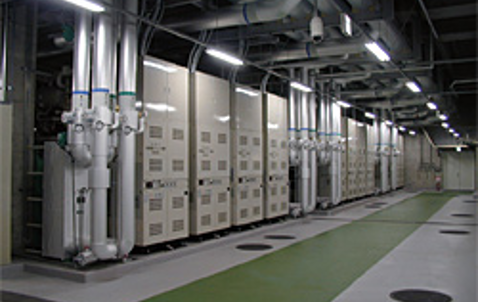
Utilization of temperature difference heat
Energy that uses water sources such as groundwater, river water, and sewage as heat sources. In the summer, the water temperature is lower, and in the winter, the water temperature is higher. This heat difference heat is used by using the heat of water using a heat pump. It is becoming widespread nationwide as a district heating source such as heating and cooling. It can be called clean energy because the system does not require burning fuel. It is a system that contributes to the environment. Also, the heat source and the consumption area are close. In addition, temperature difference energy is attracting attention as a new urban energy because it can be used for consumer heating and cooling.

Utilization of geothermal heat
Geothermal heat is low-temperature thermal energy that exists in shallow ground. When the temperature in the ground reaches a depth of 10 to 15 m below the temperature of the atmosphere, the temperature does not change throughout the year. Therefore, the underground temperature is lower than the outside air temperature in the summer, and the underground temperature is higher than the outside air temperature in the winter, so this temperature difference is used for efficient heating and cooling. It can be used even in an environment where the air heat source heat pump (air conditioner) cannot be used and the outside temperature is -15 ° C or less. There is no outdoor unit for heat dissipation, and the noise during operation is extremely low. In addition, since the geothermal heat exchanger is a closed type, there is no concern about environmental pollution, and heat is not released to the outside for heating and cooling, so it is a mechanism that is less likely to cause the heat island phenomenon.
summary
I introduced about 9 items on this page alone, but in fact, there are many more such as "biomass heat utilization", "air heat utilization", and "ocean thermal energy conversion". And I'm sure there will be more types in the future. In this way, up-and-coming renewable energy. Do you know why renewable energy is so admired? The reasons are summarized on the next page. Please take a look.